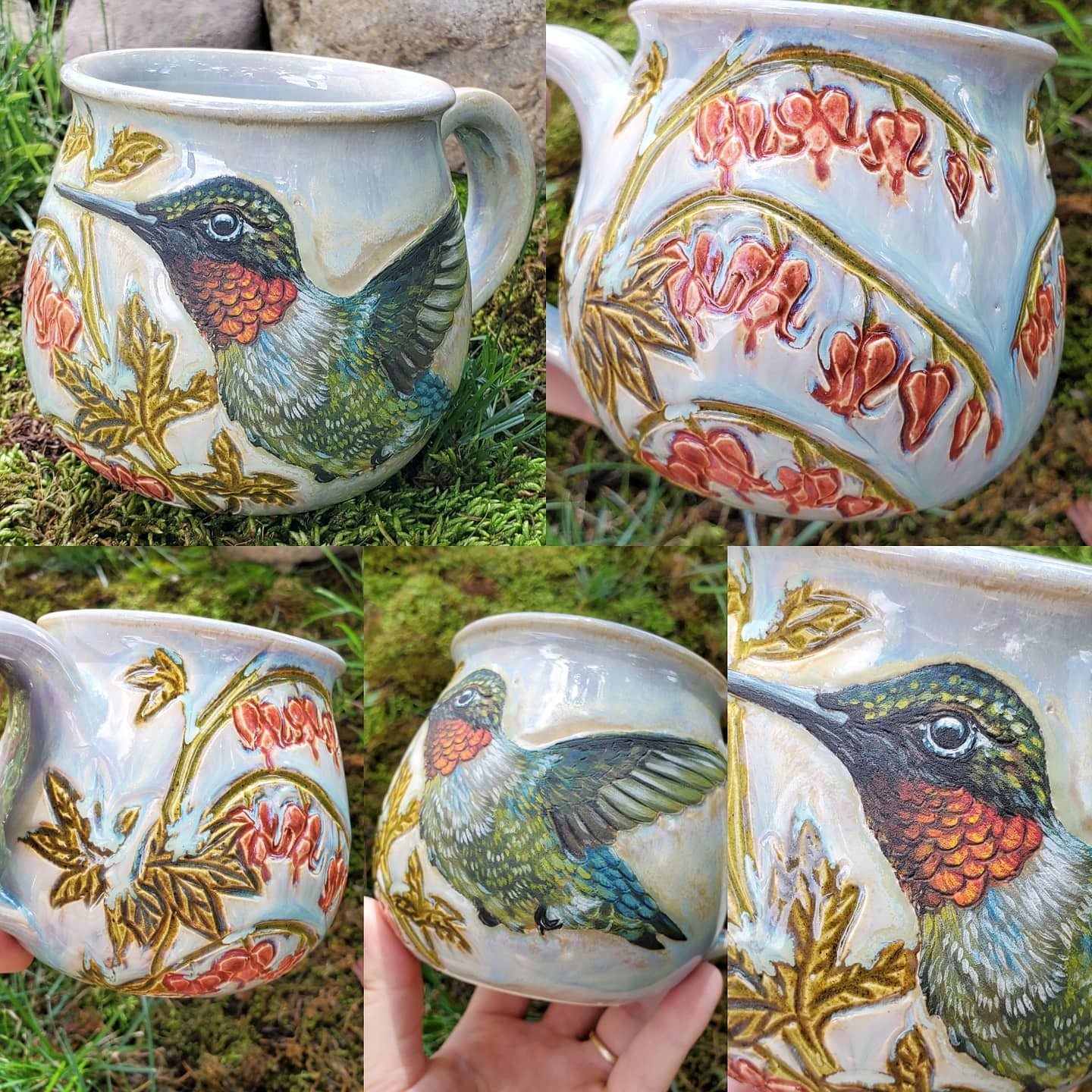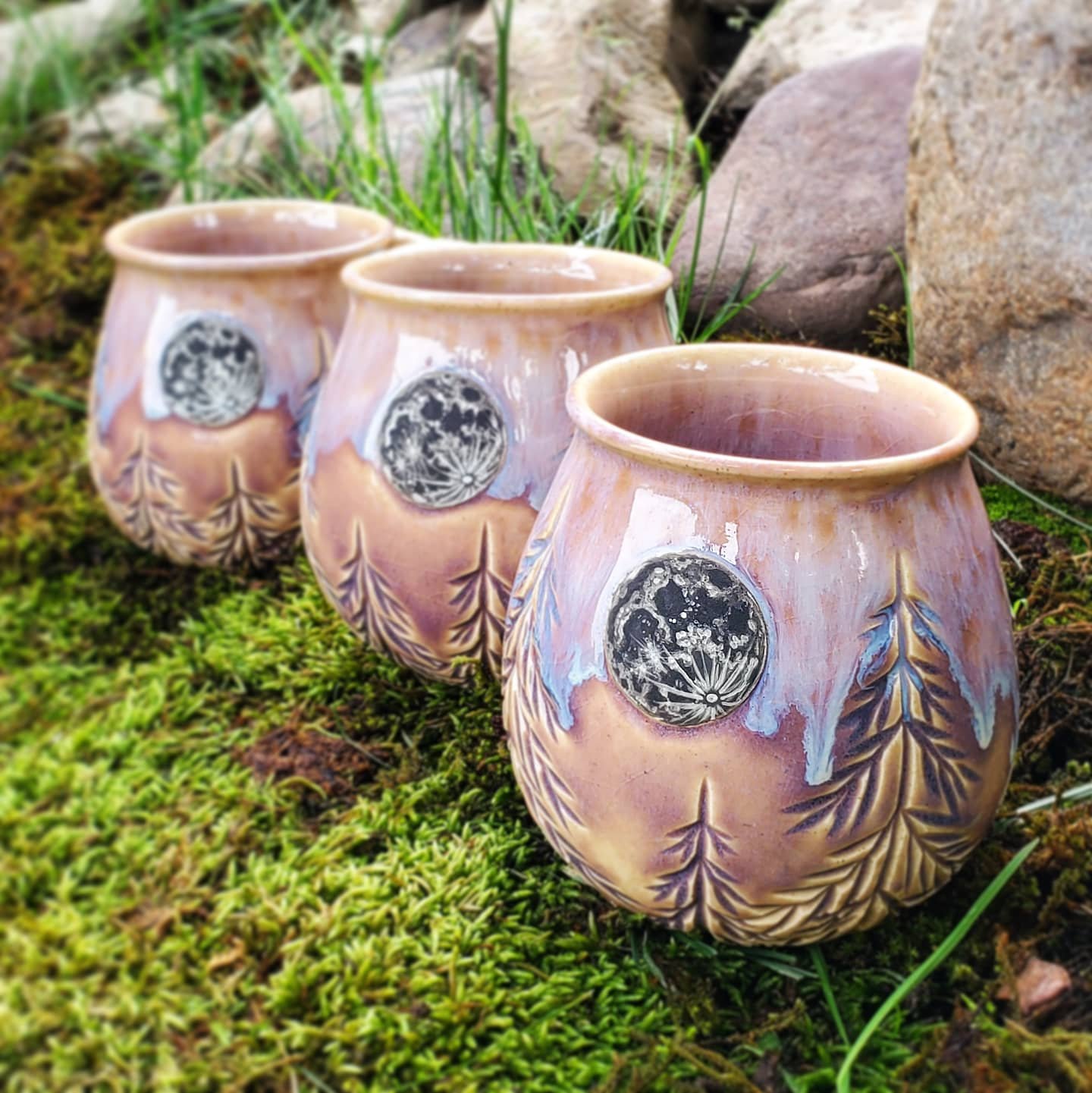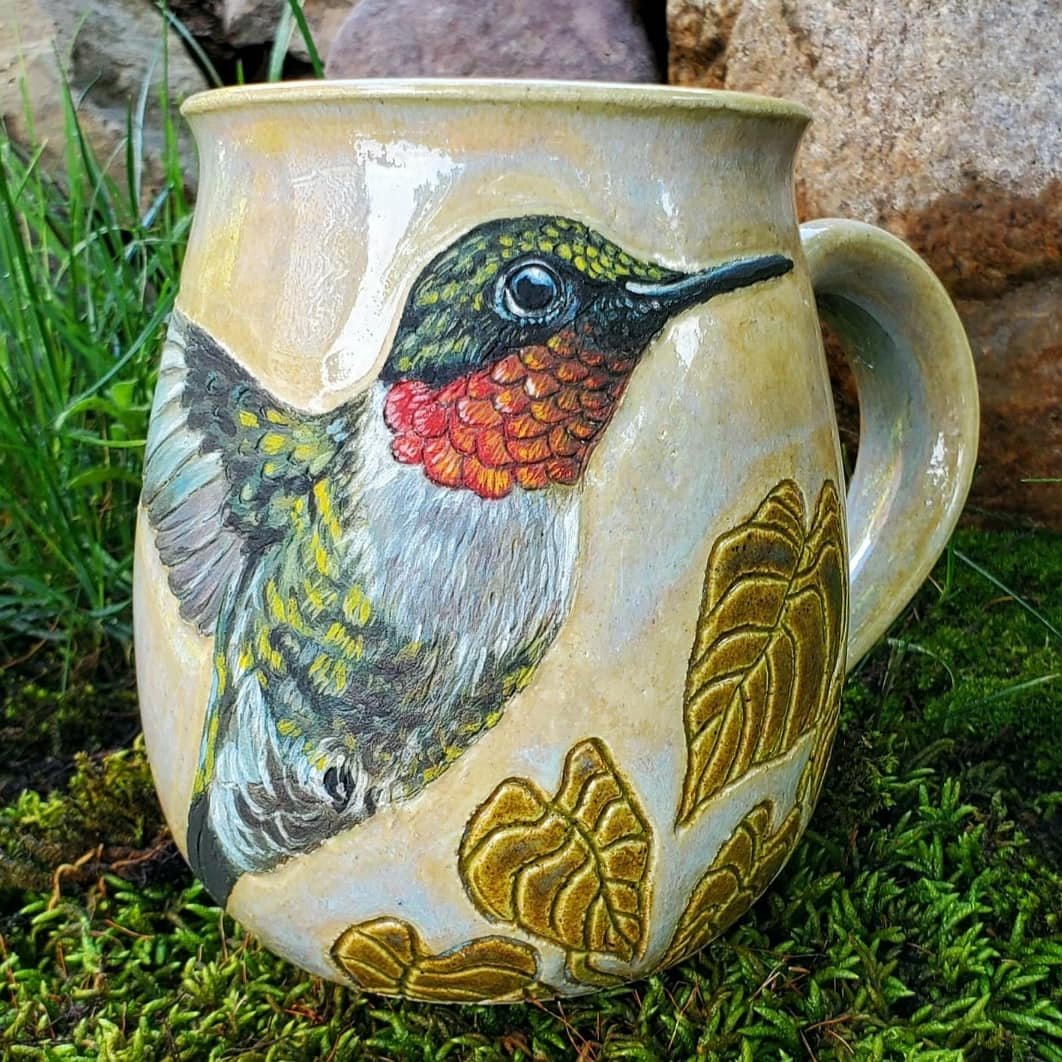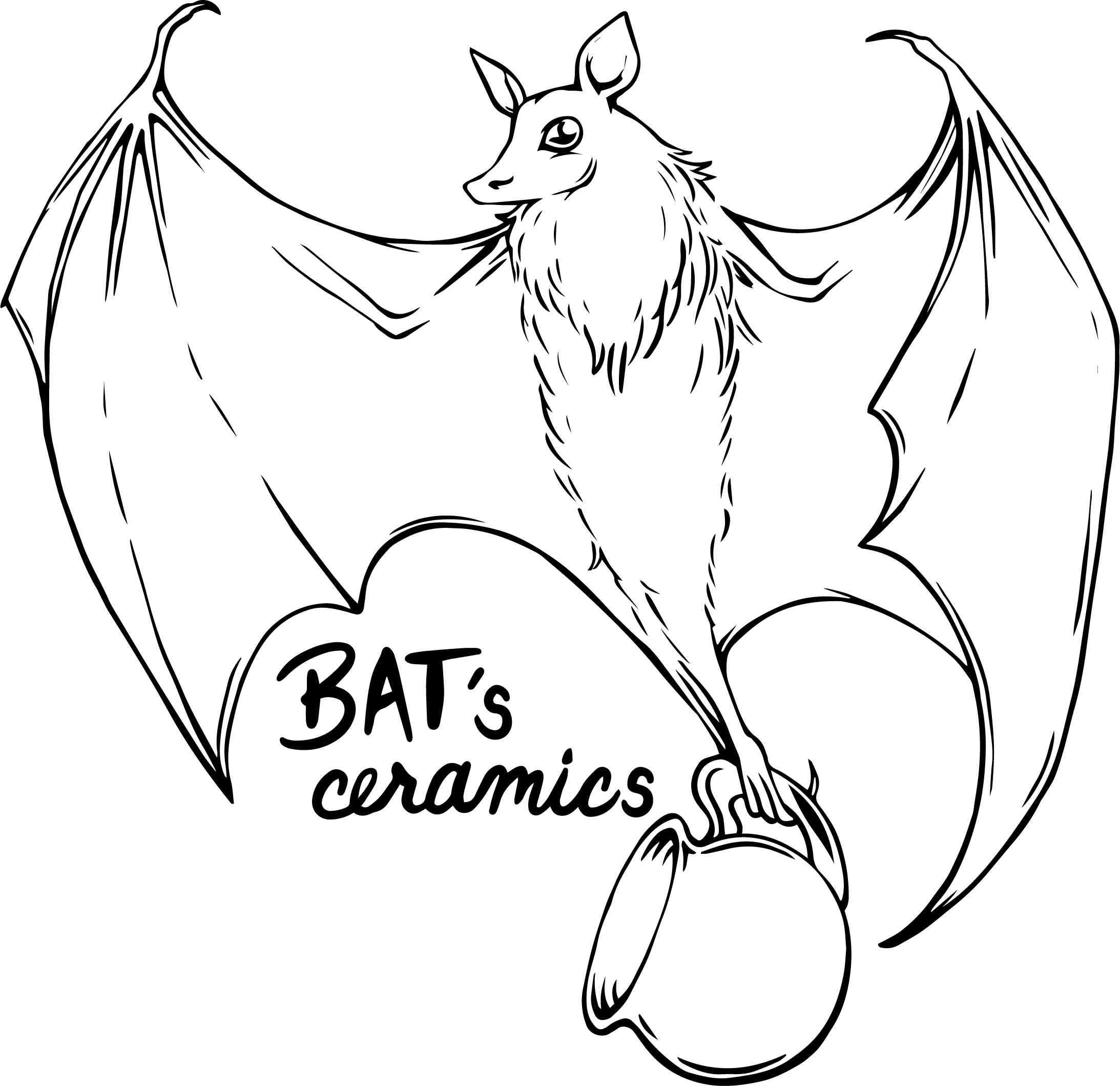HUMMINGBIRDS
June - July 2020
This collection felt like it took me forever to finish. All from the mental and physical heart ache from the pandemic. From pure stress I gave myself a stomach ulcer. I was terrified of the pandemic because I have underlying health conditions and PTSD from many past hospital/doctor visits. Putting my mind on these hummingbird mugs helped me get through it.
Because the pandemic, my husband lost his job. We made the most of it by expanding our vegetable garden and porch plants. From all the flowers we grew, a lovely hummingbird pair came to our porch. The male ruby-throated hummer came right up to me! Every year since, the same two hummingbirds come to our porch and garden. Did you know hummingbirds can remember certain people and specific areas the best food source is!? I bet this is why the same couple is coming back each year!
As you can tell I went all in with tiny details for these tiny birds! I kept the bleeding-heart ruby-throated hummingbird (picture collage). To this day I believe it is one of my best underglaze paintings. Each hummingbird mug is decorated with plant carvings. Other than hummingbirds I also created simple moon cups with carved pine trees.




Hummingbird facts-
A flock of hummingbirds is called a charm.
Hummingbirds can see ultraviolet light. They are especially attracted to bright colors.
Male hummingbirds arrive first to breeding grounds to establish territory.
Many times, a female hummingbird will create more than one nest as a decoy to protect from predators.
Instead of cleaning themselves with their beaks, like most birds, hummingbirds scratch with their feet.
When a hummingbird first arrives after their migration, they look for broken branches that drip sweet sap for food.
Hummingbirds can detect small sounds that humans cannot.
Hummingbirds migrate with the changing of the length in daylight.
A hummingbird’s tongue can stick out as far as its bill is long. Their hair-like tongue is lined with hair-like extensions called lamellae. Their tongue flicks in and out of the bill, up to 12 times a second.
A female will lay an average of two eggs. They create their nests out of plant down, spider silk, and other natural resources that will stretch with the growth of the babies.

